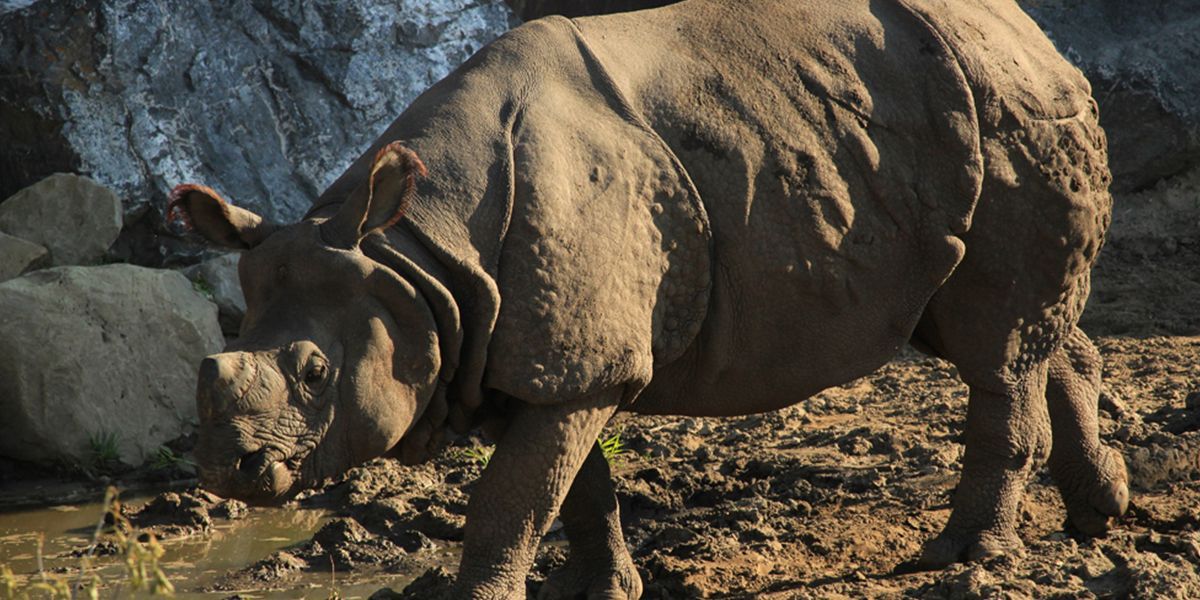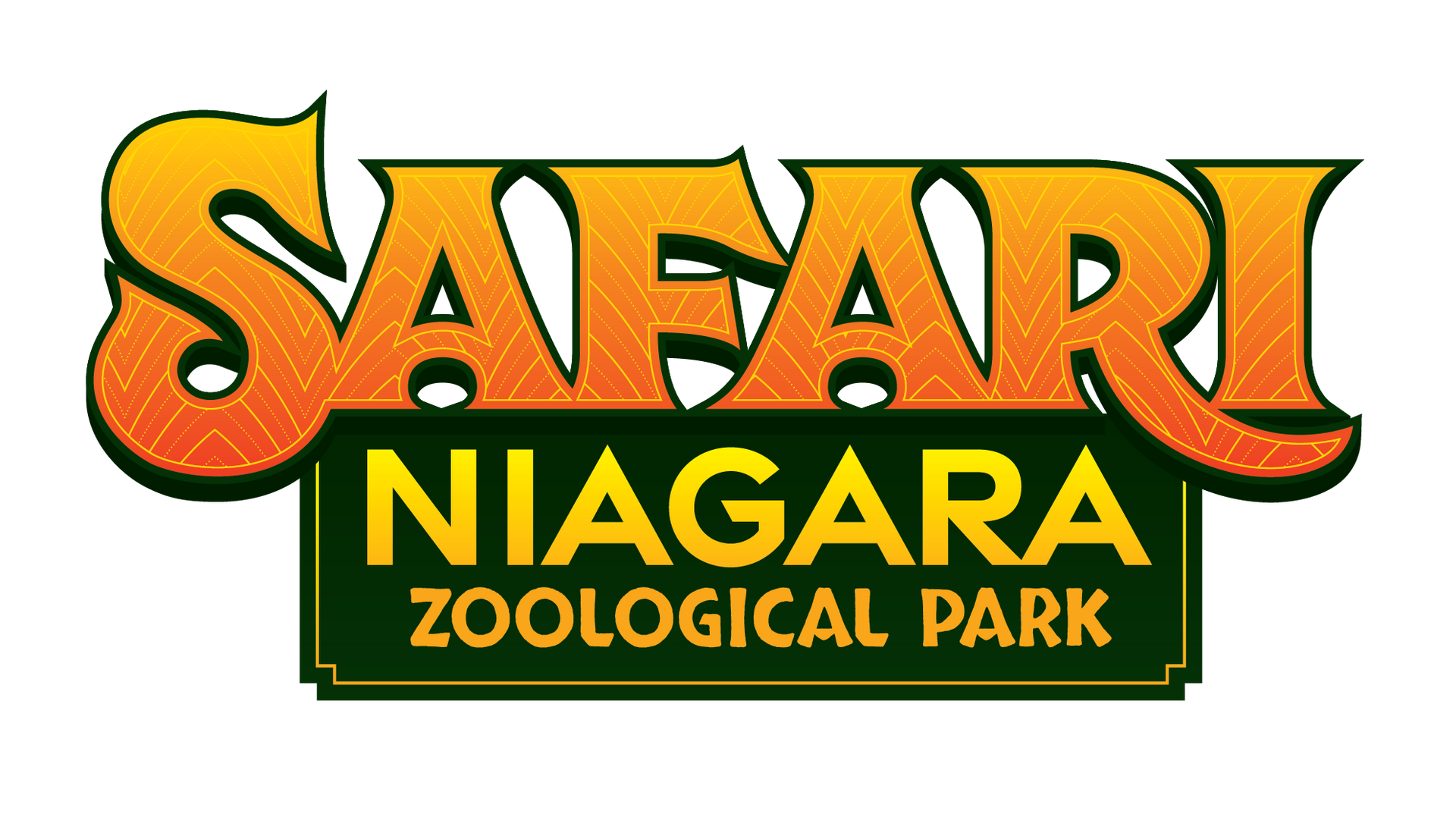Greater One Horn Rhino
This animal, also known as the Indian Rhinoceros, is native to Northern India and Nepal. By the early 20th
century the species had been reduced to less than 200 individuals primarily through poaching and habitat destruction. Strict protection by Indian and Nepalese wildlife authorities has allowed it to recover to over 3600 animals today.
This rhino is essentially a solitary animal except for females with calves. It is a grazer, eating primarily grass but also leaves fruit and aquatic plants. They are normally active at night and in the early morning. Individuals can live for over 40 years in the wild. They frequently go into the water and are good swimmers.
More than 10 distinct vocalizations have been identified. Except for conflict over breeding rights these animals appear to be social when meeting.
This rhino is essentially a solitary animal except for females with calves. It is a grazer, eating primarily grass but also leaves fruit and aquatic plants. They are normally active at night and in the early morning. Individuals can live for over 40 years in the wild. They frequently go into the water and are good swimmers.
More than 10 distinct vocalizations have been identified. Except for conflict over breeding rights these animals appear to be social when meeting.
Fun Facts
The first successful birth through artificial insemination was at the Buffalo Zoo in 2014.

scientific classification
Kingdom
Animalia
Phylum
Chordata
Class
Mammalia
Order
Perissodactyla
Family
Rhinocerotidae
Genus
Rhinocerous
Species
R. unicornus
did you know?
Rhinos have relatively poor eyesight but a great sense of smell
Their only natural enemy is the Bengal tiger
The first modern successful breeding of a captive one-horned rhino was in the Zoo Basel, Switzerland in 1925. Since then there have been 33 births at that zoo. World-wide there are over 175 individual animals in zoos.
Where to find us
Safari Niagara is home to two males named Sabari and Nandu



